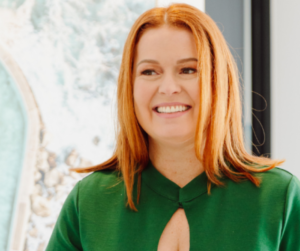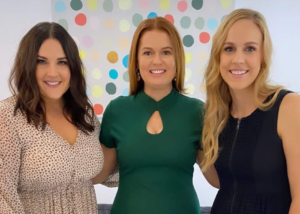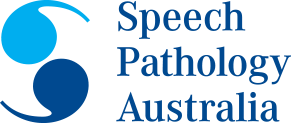Do you have a child due to start Prep next year? Are you concerned about their speech? If so, you are not alone.
An Australian study showed that 25% of parents of kindergarten-aged children reported that they were concerned about their own child’s speech development. Despite this, 60% of these parents reported that they would “wait and see” rather than seek professional advice by a speech pathologist.
These reports are concerning because statistics released from Speech Pathology Australia showed that parents weren’t too far off the mark, with one in five Australian 4 year olds presenting with a communication difficulty.
We know that early intervention for speech sound disorders by a speech pathologist improves a child’s speech sounds and their intelligibility, so why are parents choosing to “wait and see”?
Is it because parents suspect their child is “just being lazy”? Or is it that they think their child will “grow out of it”? Or is it that parents feel that school will fix their speech? What some parents do not realise is that 4 year old children with speech difficulties are 33-70% (depending upon which study you read) more likely to have reading difficulties in primary school than their typically speaking peers. But it is not all bad news – early intervention for speech sound disorders prior to starting school minimises the impact of the speech difficulty on the child’s reading development.
So what causes speech sound disorders? Well, the cause of speech sound difficulties remains a mystery. What we do know is that communication difficulties occur more frequently in boys than girls. In some cases, there is a definite genetic cause at play, resulting in sometimes more than one child in the family needing speech pathology intervention. Other risk factors for speech difficulties include repeated ear infections, prematurity, and prolonged dummy and bottle use.
If you are concerned about your child’s speech and decide to take the next step and consult a speech pathologist (GP referral is not required) assessment will typically involve them asking your child to name different pictures from a book. This information is then analysed to determine if there are patterns of errors and if these are typical or atypical speech errors. For example, if your child is substituting his “c” words with a “t” sound (“tat” instead of cat) this is a typical speech error that most children make when their speech is developing however these errors should have disappeared by 4years of age. The nature and severity of the child’s speech sound disorder will determine the type of therapy that is delivered and how often your child should attend.
So parents, the take home message is simple – do not put it on the backburner. Early intervention for speech sound disorders is the key to helping your child be in the best position for learning to read and spell in primary school.
Enjoy,
The TalkHQ Family







